Locals Talk Next Steps for Landmarking Willoughby Hart Historic District
Around 50 Bed Stuy residents came together at the Magnolia Earth Center earlier this month for a panel discussion on landmarking historic buildings on Willoughby Avenue and Hart Street in Bed Stuy as a new historic district.

Photo by Susan De Vries
Around 50 Bed Stuy residents came together at the Magnolia Earth Center earlier this month for a panel discussion on landmarking historic buildings on Willoughby Avenue and Hart Street in Bed Stuy as a new historic district.
The panel was organized by the Willoughby Nostrand Marcy Block Association and Justice for 441 Willoughby, a group formed to save the Dangler mansion, which was demolished last year, to give residents the chance to ask questions about the landmarking process, the effects landmarking would have on the neighborhood, and to hear from experts in historic preservation.
The groups in January released a petition to support the landmarking effort and submitted a formal request for evaluation for the proposed Willoughby Hart Historic District to the Landmarks Preservation Commission, the first step in the landmarking process.
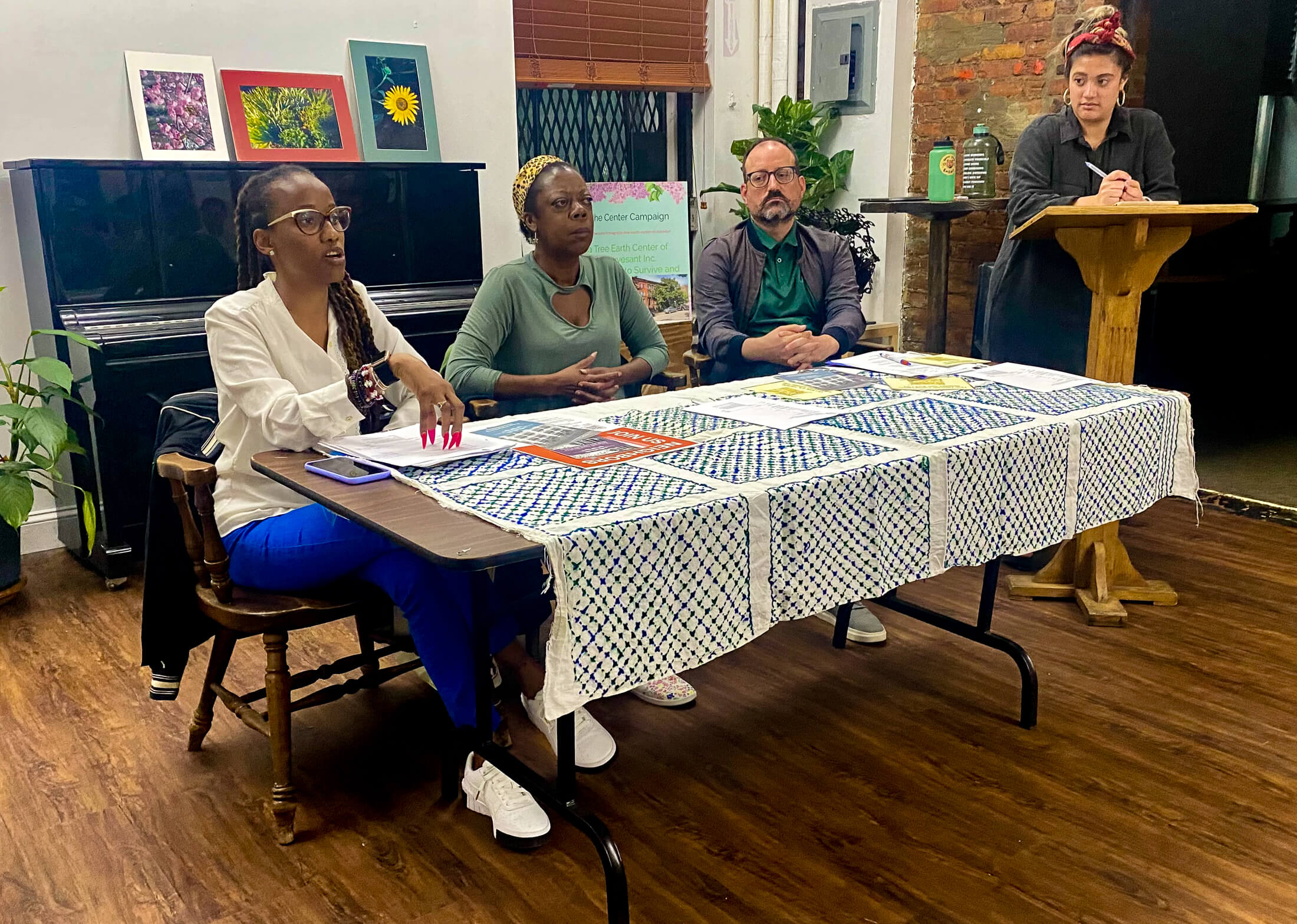
While “surrounding blocks in every direction have undergone significant architectural changes,” the LPC document states, the blocks proposed for a new historic district are “comprised solely of brownstones in the Neo-Grec style built in sections between 1879 and the 1890s.” As well, “many brownstones in this pocket of Brooklyn have been passed down through family lineage, raising many generations of New Yorkers. It is this familiarity with this place and dedication to continuing the spirit of community here, in addition to its exemplary position alongside the rest of ‘brownstone Brooklyn,’ that contribute to this area’s significant sense of place, making it perfect for landmarking.”
The LPC responded that the proposed Willoughby Hart Historic District “may merit consideration.”
Locals are proposing to landmark numbers 441 to 511 Willoughby Avenue on the north side of the street, numbers 444 to 510 on the south side of the street (including the Red Gate Garden to the east), as well as numbers 1 to 75 Hart Street on the north side of the street, and numbers 2 to 76 Hart Street on the south side of the street.
Becca Abellera, a member of Justice for 441 Willoughby, kicked off the meeting on Thursday, June 8 by explaining how the groups’ landmarking campaign was sparked by the demolition of the historic Dangler mansion, and is an effort to protect the community from future demolition and development. “Having been burned by LPC before, we’re taking as many steps as possible to ensure success in our campaign,” she said.
She said a reason for landmarking was well summarized by a neighbor’s young daughter, who said living in the area felt like living on Sesame Street. “That is a great way to describe our unique pocket of Bed Stuy. It’s community, it’s education, past, present, it’s colorful, cheerful, and unique, and surely deserves to be celebrated and of course protected.”
Frampton Tolbert, the executive director of Historic Districts Council; Nicole Greaves, director of community engagement at Bridge Street Development Corporation; and Claudette Brady, a driving force behind Bed Stuy’s existing historic districts, were the panelists leading the meeting.
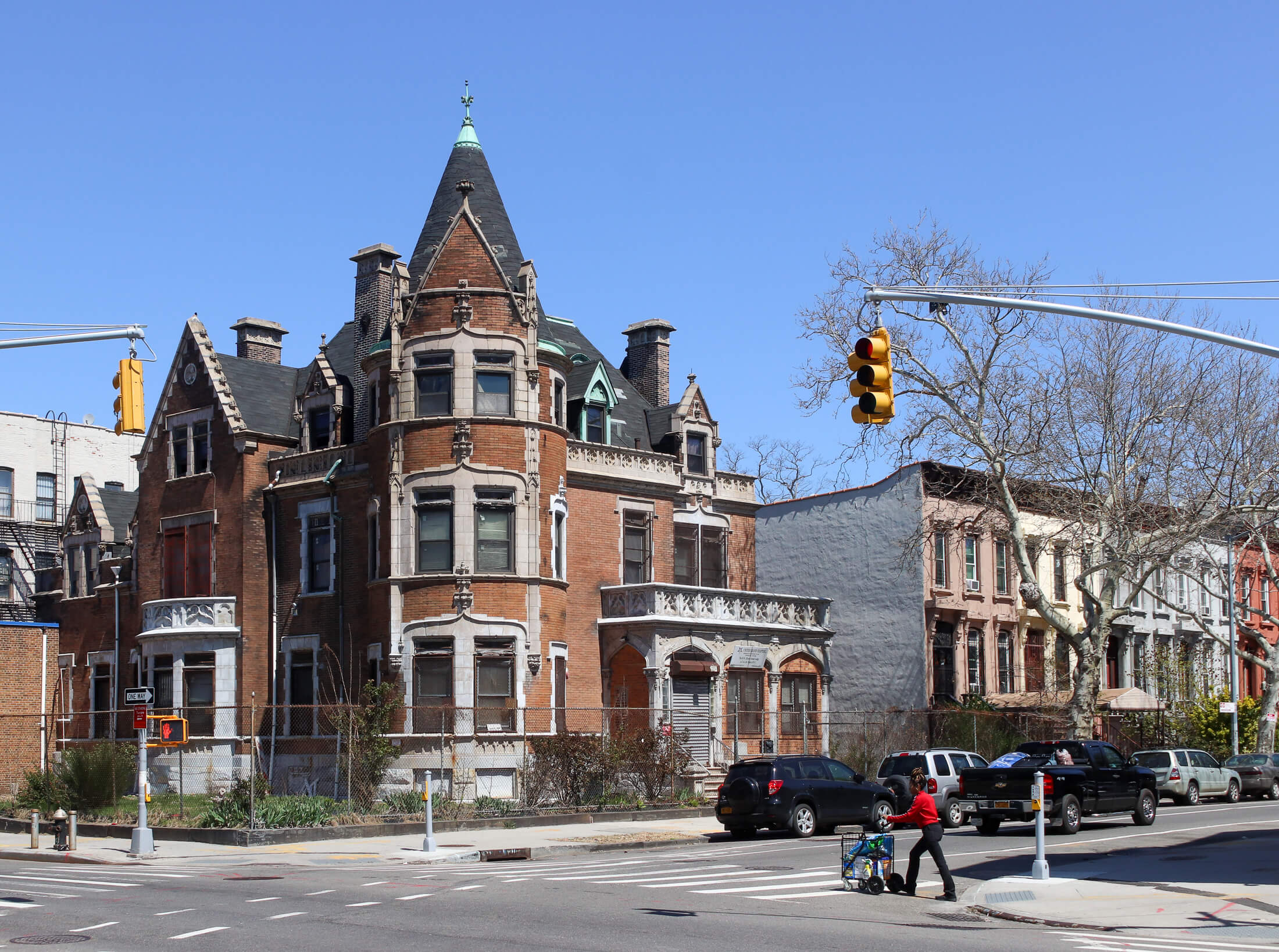
The most common queries from those attending concerned whether renovation costs and house prices would be increased due to landmarking. Tolbert said there is a lot of misinformation about the increased costs of landmarking, and added it does not affect property taxes at all and there is no evidence to show it increases house prices.
In regards to renovations, he said there is often an increase in costs, but anything existing on buildings that are landmarked is grandfathered in, and the Landmarks Preservation Commission cannot force a homeowner to make changes to their property. The only time homeowners must go to LPC is when they plan to do exterior renovations, and he said there are tax credits and financial aid available to homeowners and landlords in landmarked districts.
“Preservation offers us anchors in time to our neighborhoods, and that’s great to hear about the Sesame Street analogy, because I think that’s really important to preservation,” Tolbert said. He quoted a member of the Mount Morris Park Community Improvement Association, who said at a rally to save a landmarked building being demolished in Harlem, “These buildings in Harlem on Lenox Avenue, they matter, they matter because they told me who I am and where I am every day.”
“Landmarking is preserving the unique character of our neighborhoods. It’s showing us that this is not like anywhere USA, that the historical and cultural and architectural fabric of the neighborhood is intact. And it preserves that unique sense of place for everyone in the neighborhood,” Tolbert said.
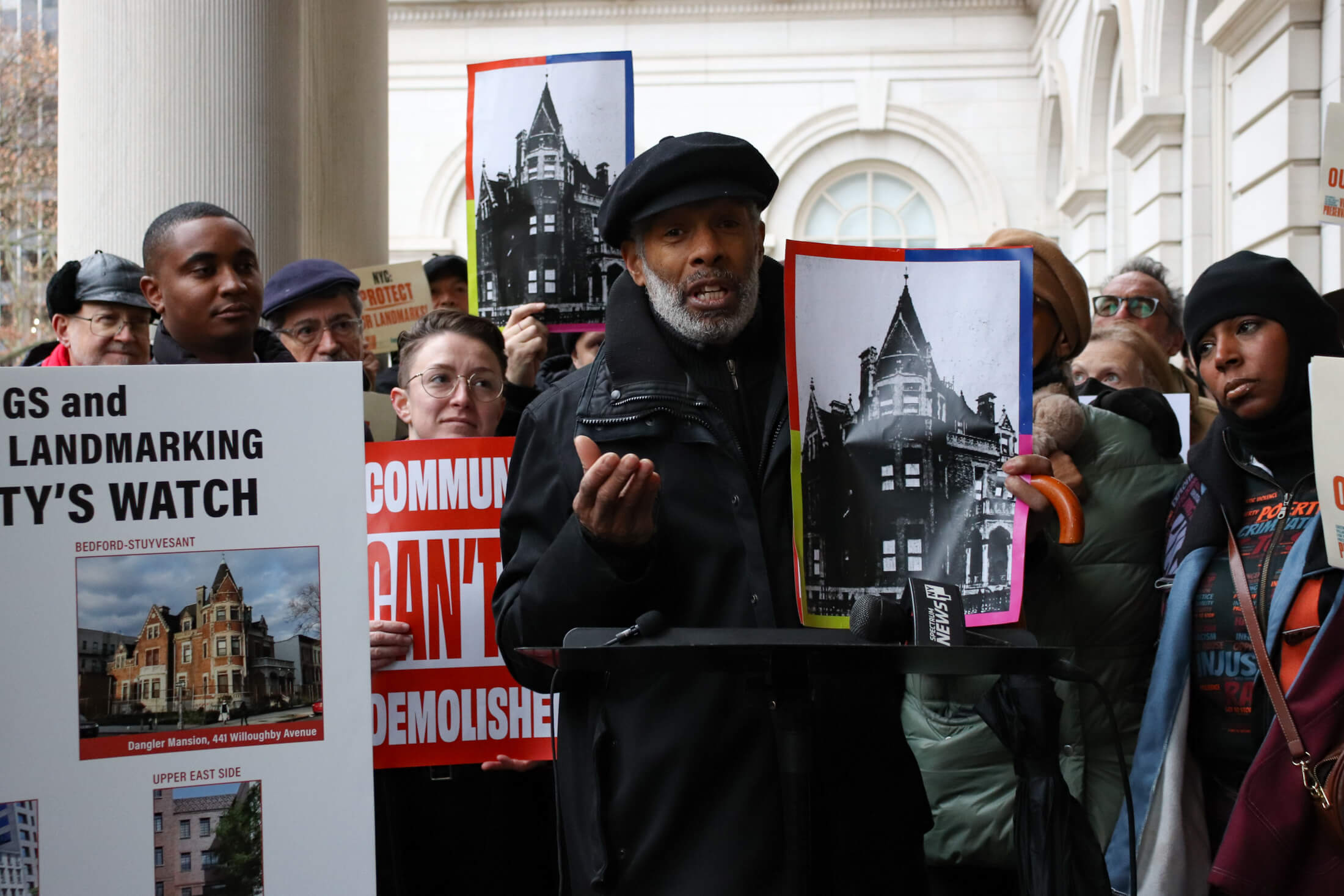
Brady discussed the importance of engaging and educating neighbors and the wider community on the landmarking process and how it works in order to secure success in the campaign. She credited the landmarking Bed Stuy’s historic districts to community education and meetings. She also said getting local politicians and leaders involved is pivotal.
City Council Member Chi Ossé, Assembly Member Stephanie Zinerman, and State Senate Representative Jabari Brisport were all vocal in the fight to save the Dangler mansion. At a recent LPC meeting on infill housing on Hancock Street, both Ossé and Zinerman testified about protecting Bed Stuy’s culture and community.
Greaves, who is a longtime Bed Stuy resident and works in the neighborhood, expanded on Brady’s point that education is key to the landmarking campaign. “Educating your neighbors and your colleagues and your family members is extremely important in this process, and in any process we’re in, you’re trying to preserve your community in some sort of way,” she said.
She said she feels like the community is in “constant triage” for issues around affordable housing and safety, and that education in financial literacy, homeownership, history, community, estate planning, trusts, and more is the way to create a stable future for the community. “By educating the younger generations we can begin to empower them, and meanwhile maintain residency and homeownership in the community.”
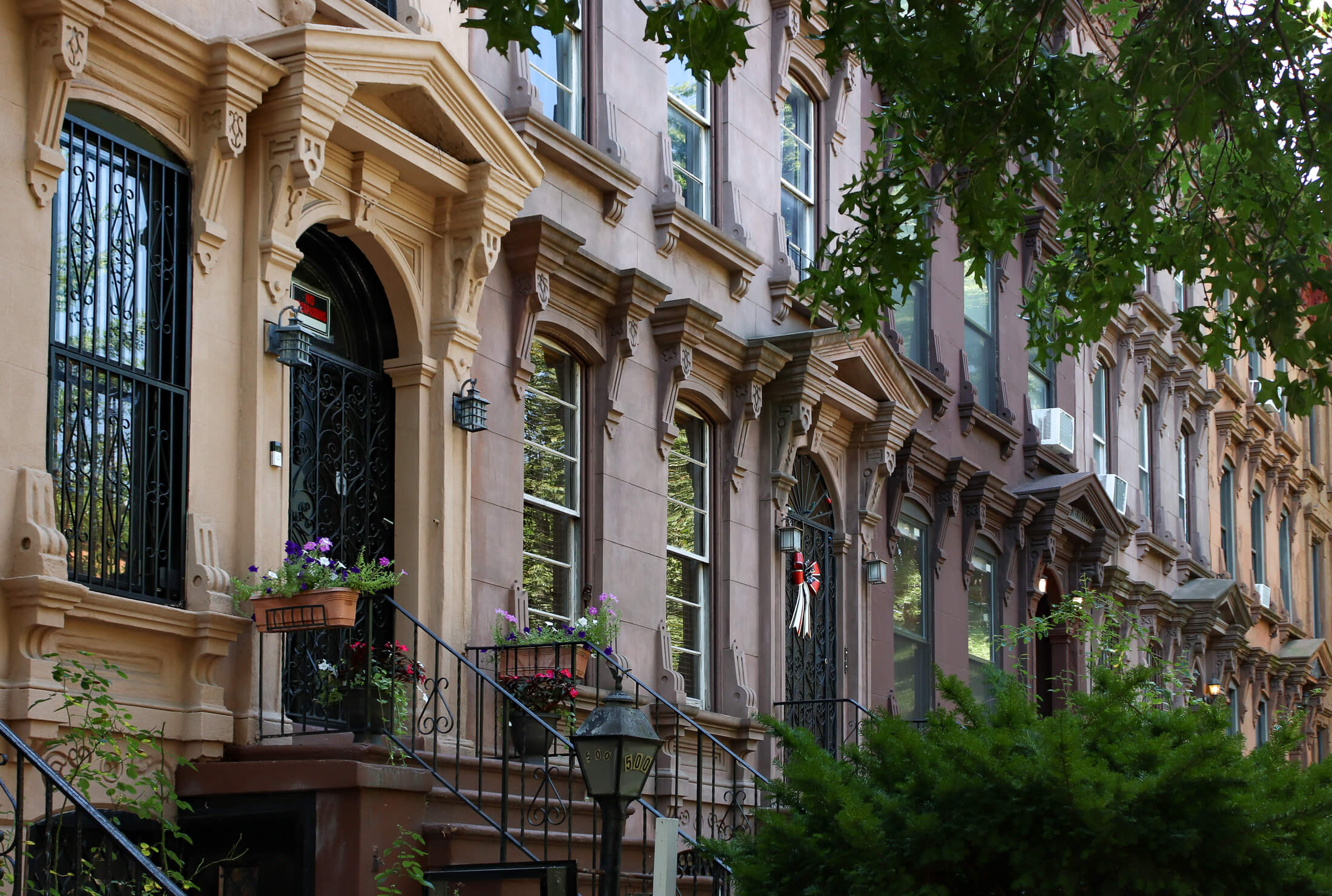
Greaves, along with the other panelists, noted this would be the first of many outreach efforts organizers would have to do to get the district landmarked. Brady and Tolbert said the landmarking process takes around two to four years.
As the meeting wrapped up, Hart Street resident Charyl Pitts-Howard, standing at the back of the room, introduced herself as the mother of the little girl who likens her block to Sesame Street, and said how happy it made her to see old and new Bed Stuy represented at the meeting.
“Old Bed Stuy was here first, way before I ever came onto the scene, way before any of us ever came on to the scene,” she said. “Hand the baton over, teach us we walk, we do not want to let this go, this is your legacy old Bed Stuy, and new Bed Stuy, we are here to carry it off.”
Pitts-Howard said the landmarking effort is not about trying to get rid of anything or anyone. “We want to preserve what we have. We love our neighborhood. We love the people in it. And we want to work together as one to maintain and preserve what we have so that people like me and people like you can pass it on to our children and our families as we move forward,” she said.
“This is not the end. It is going to be such a long haul, but I’m not tired.”
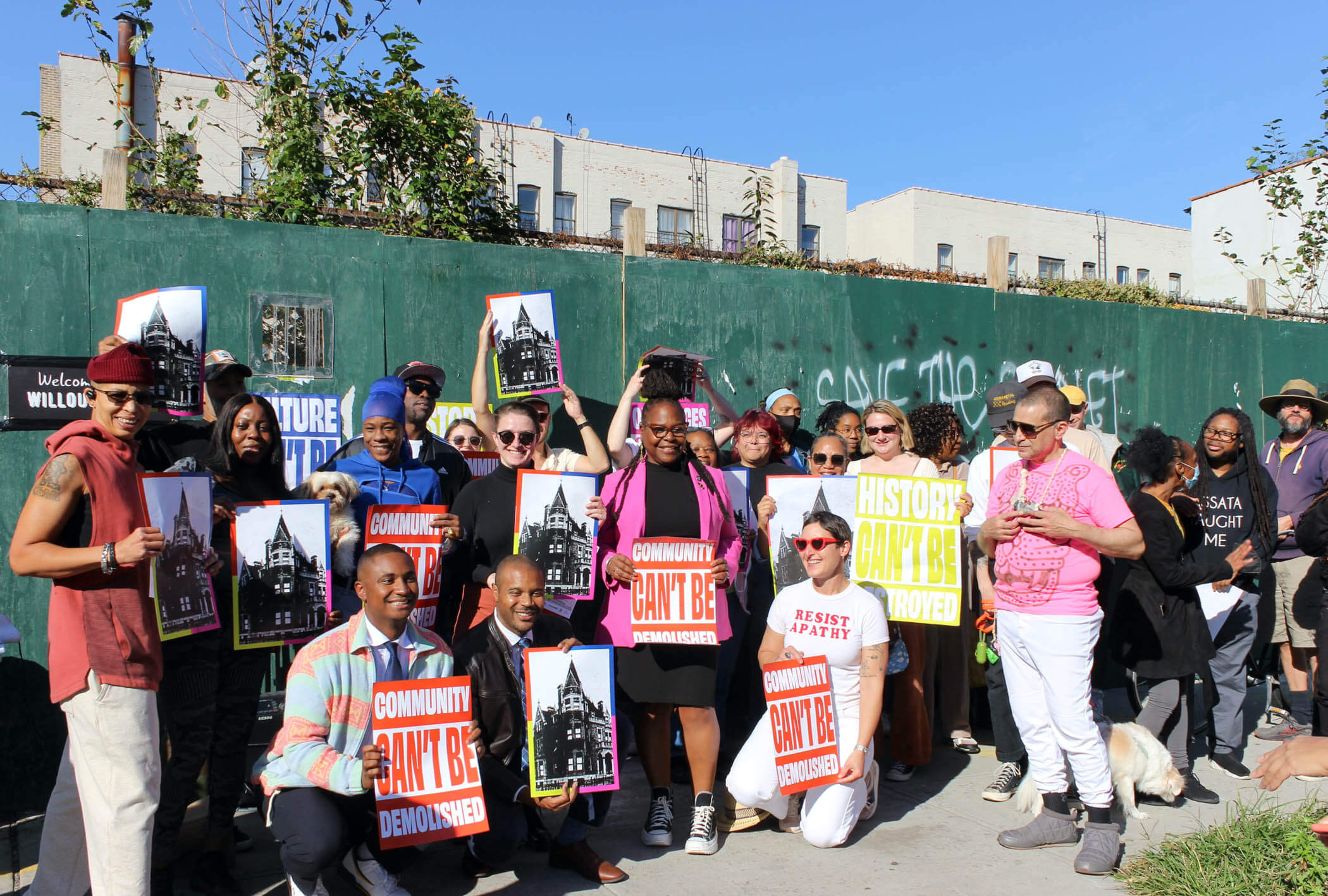
An LPC spokesperson told Brownstoner the next steps in the process would be for LPC to add the area to its survey inventory and conduct more research into the proposed area’s buildings and the area itself in the context of the neighborhood and other historic districts.
However, the spokesperson said, there are a number of factors – including architectural, cultural, and historic significance, and agency policies in designating across the five boroughs – that are taken into consideration when determining the whether the agency will move forward with consideration.
Similar to Park Slope, Bed Stuy is an unusually large neighborhood with a large number of impressive and potentially landmark worthy 19th century buildings. Previous efforts to landmark a swath of homes along the Clinton Hill border and proposed districts Stuyvesant North and Stuyvesant East did not succeed. The neighborhood has also been at the center of a building boom that has seen many historic buildings torn down, particularly mid-19th century wood frame houses, and replaced with mid rise modern apartment buildings.
Bed Stuy currently has four historic districts: the Bedford Historic District, which was designated in 2015, Stuyvesant Heights, Bedford Stuyvesant/Expanded Stuyvesant Heights, and Alice and Agate Courts.
Related Stories
- Bed Stuy Residents Want Brownstone Blocks Landmarked in Aftermath of Dangler Demo
- Linden Street Block Becomes Bushwick’s First Landmarked Historic District
- Bed Stuy Historic District Property Owners Can Learn About Grants, Permits With Virtual Session
Email tips@brownstoner.com with further comments, questions or tips. Follow Brownstoner on Twitter and Instagram, and like us on Facebook.


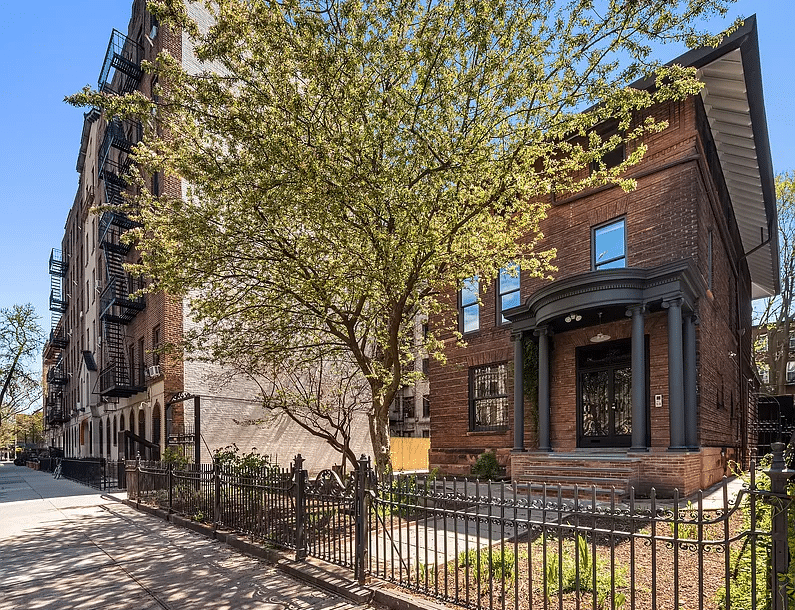

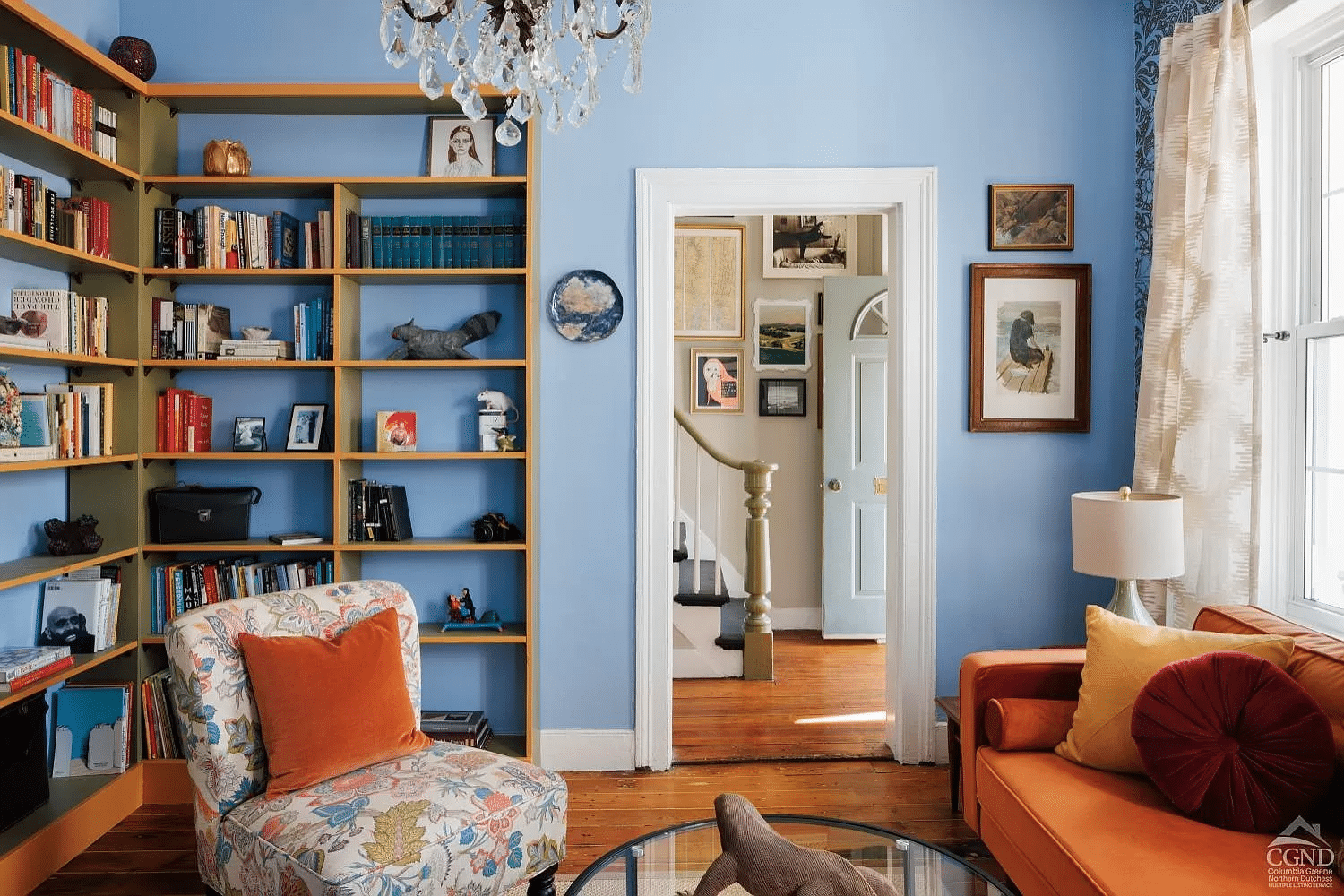




What's Your Take? Leave a Comment